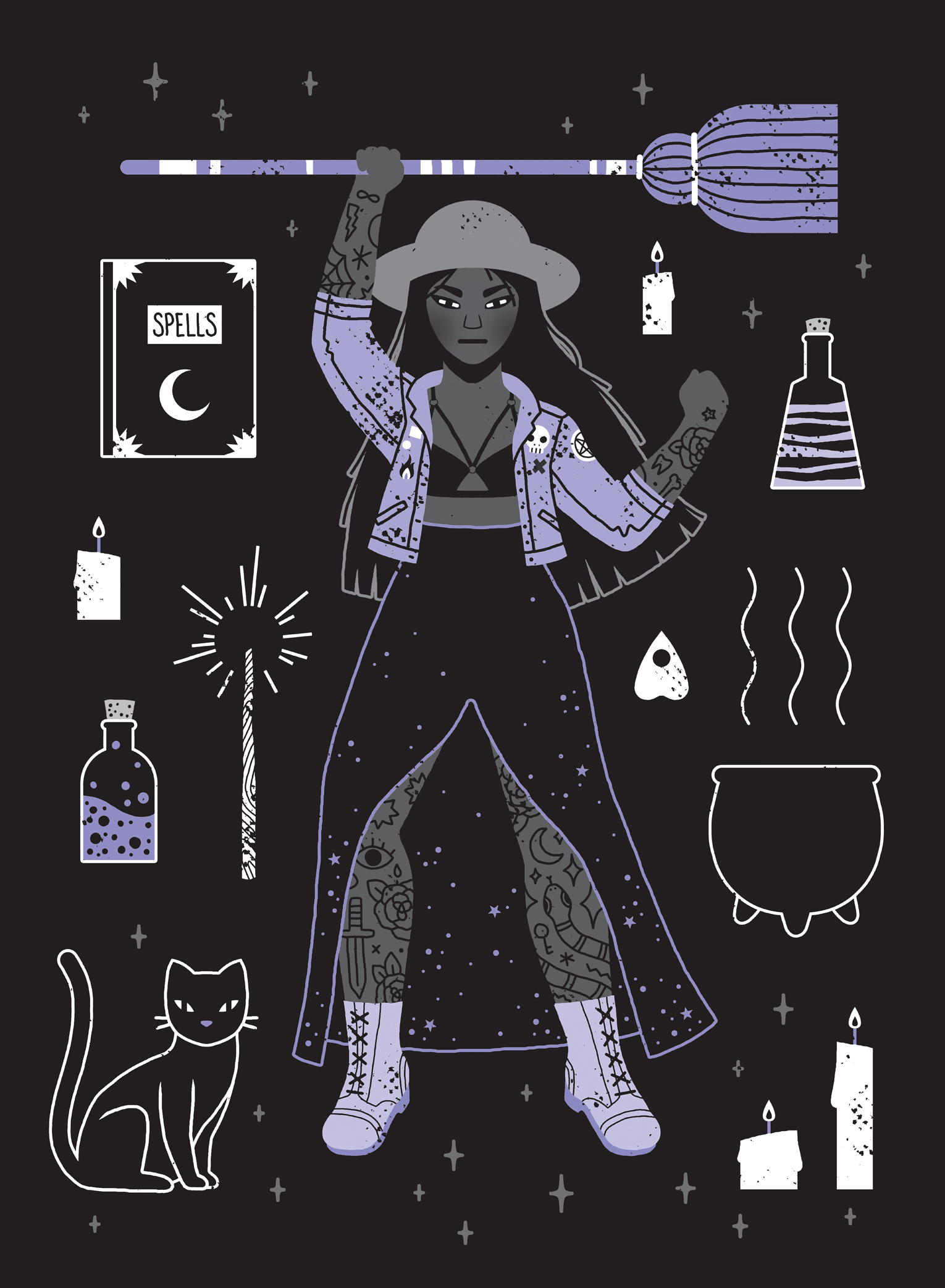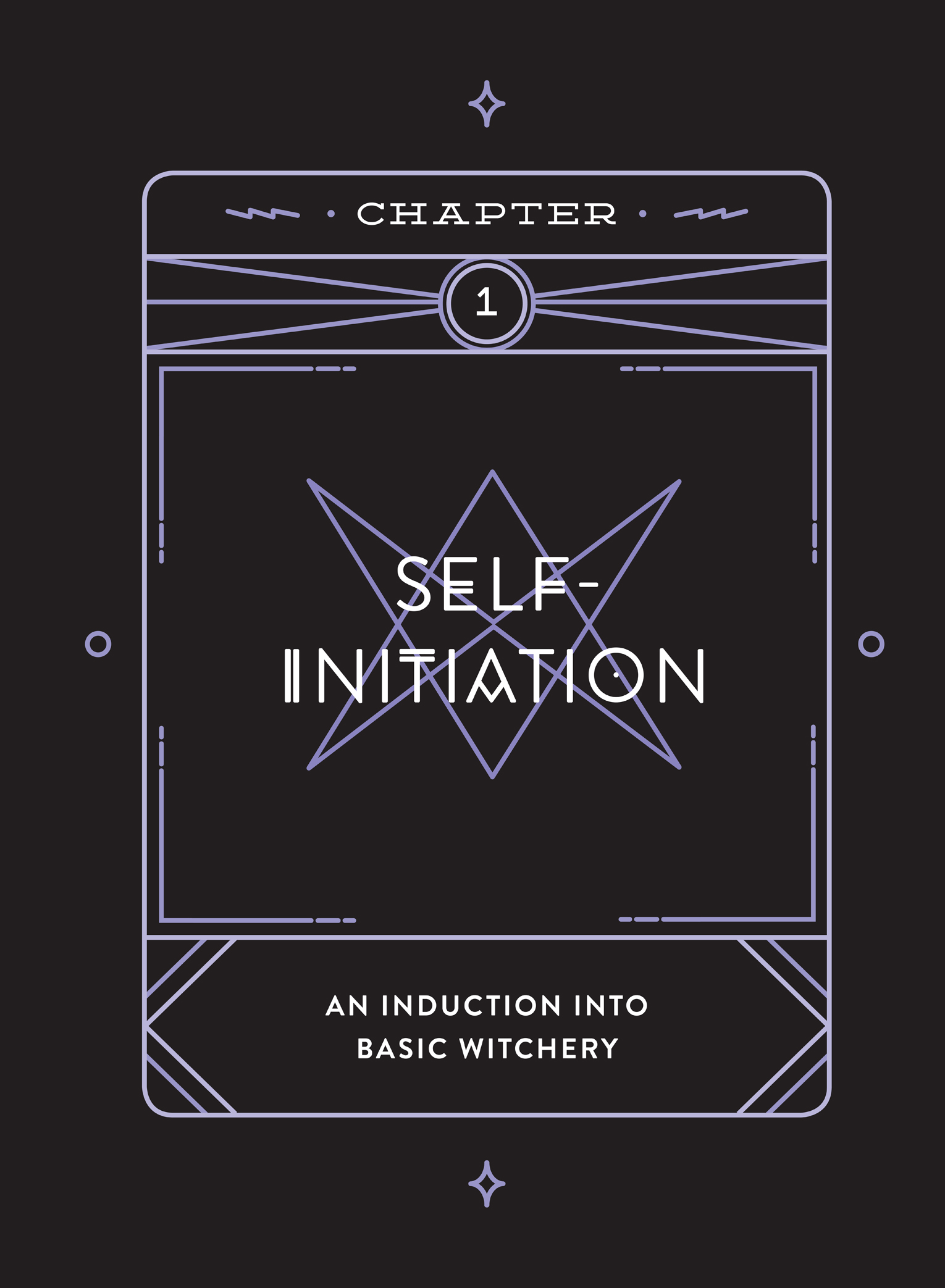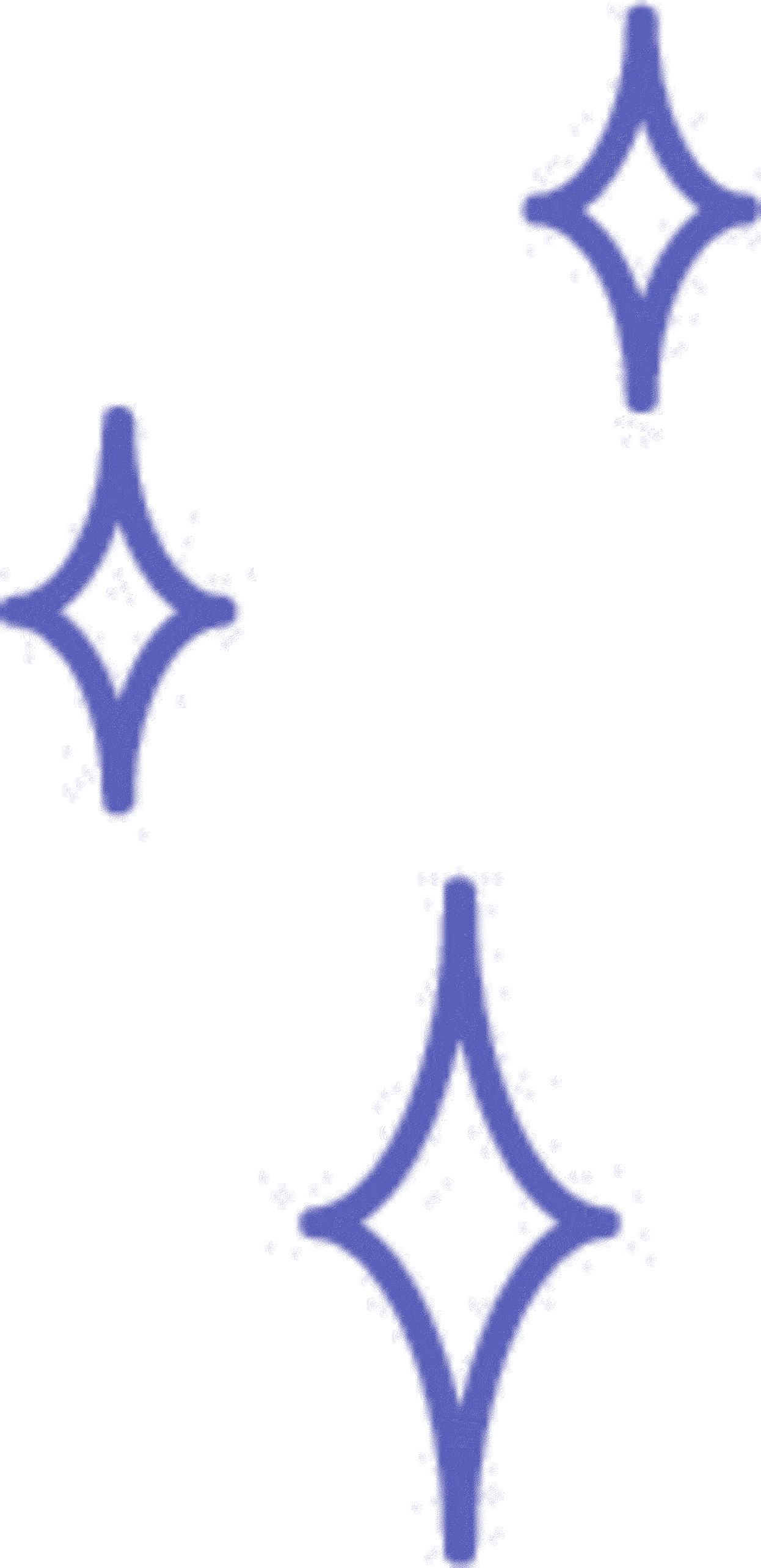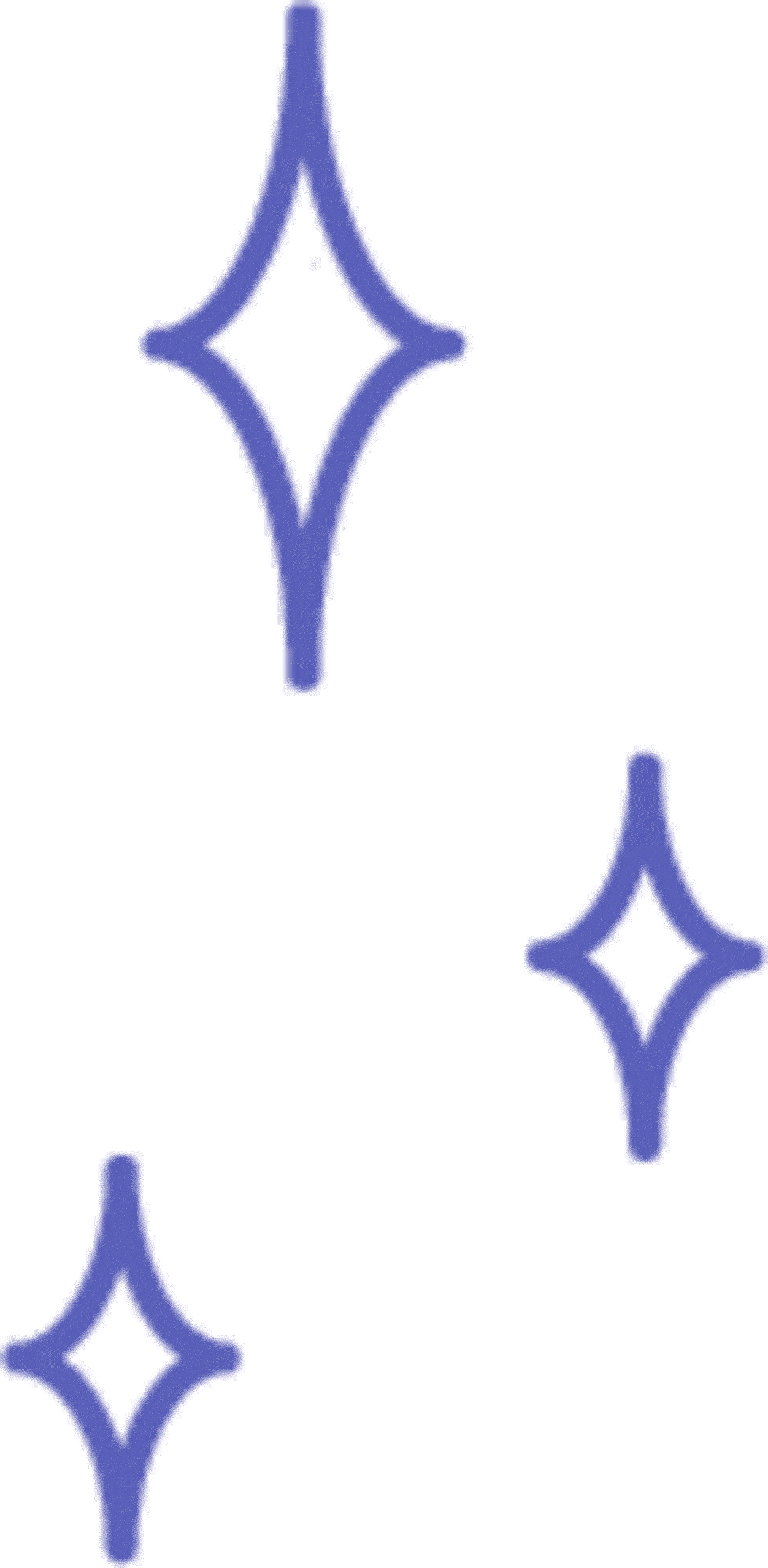

Witches are everywhere these days. Fashion trends feature flowy black clothes and dark lipstick, magazines and websites run special witch-themed issues, and hipster covens are forming in Brooklyn.
What’s so appealing about the witch? Partly, nostalgia. Women now in their twenties and thirties fondly remember growing up watching The Craft and Sabrina the Teenage Witch, reading Harry Potter, playing “light as a feather, stiff as a board” at slumber parties, or saving their allowance for a collectible light-up Hermione wand.
But the witch isn’t kitsch. The modern witchy zeitgeist doesn’t only glance backward into childhood; it looks forward to the future of powerful, defiant women. Witchcraft appeals to the weird, the outcast, and the unconventional; it has long been a spiritual practice belonging to those on society’s fringes. And cultural images of witches, gleaned from history and movies and books and TV, resonate particularly with women who reject the strictures of expected female behavior, women who are trying to connect with something stronger and scarier.
In the original Old English, witch was a word that could apply to women and men alike. In fact, wicca—from which we get the word witch—can be directly translated as “male witch” or “sorcerer.” But in the fifteenth century, witch-hunting guides like the Malleus Maleficarum argued that women were more inclined to witchcraft because they were inherently weak (physically, mentally, and spiritually) and susceptible to the devil’s machinations.
This theory may sound ridiculous, but ideas like this have influenced notions of witchcraft—and, broadly, of women—for centuries. Witch quickly became a charge levied almost exclusively at women—particularly women who lived alone, outside the confines of the community. The witch was not beautiful, or she was (suspiciously) too beautiful; at any rate, she didn’t look the way others thought she should. She refused men when they didn’t appeal to her, pursued them when they did, and satisfied herself with that (wink, wink) “broomstick” she always “rode.” She had cats instead of children. Other women came to her for care and comfort, but also turned on her when associating with her threatened their social standing. The witch was intimidating, after all. Too strange. Too unruly. Too much.
But in mainstream modern U.S. culture, we’ve largely defanged the witch. Our cultural image is sometimes evil but sometimes silly, as if to suggest that the best way to counter things we don’t understand is to laugh at them. Witches have green skin and warts and ride around on brooms yelling at children, and then they get houses dropped on them. Personally, our favorite pop-culture witches retain that old defiant, unruly nature; they’re smart, strange, fearlessly ugly, sexy on their own terms. But for the most part, our culture no longer fears those traits in witches. Now, it mocks them.
Modern-day self-identified witches (and pagans and Wiccans, different groups that share some common beliefs) are trying to rescue the witch from haters and scoffers alike. They have resurrected old religions and traditions, and sometimes combined them, to create new communities. Witches of all stripes, from the religious to the spiritual to the secular, gather in covens or practice alone. Defying cultural stereotypes about witchcraft as dangerous or ridiculous, they find power in a goddess or nature or themselves.
This book isn’t for them, though. They’re all set. This book is for you.

Who Are You?

You’re not necessarily a practicing witch. You might not believe in magic or mysticism or spirituality at all. But you’re intrigued by the power, or the sisterhood, or the devil-may-literally-care attitude of the witches you’ve seen in pop culture and history. You don’t think women should be considered frightening or ridiculous just because they don’t toe the line.
You probably identify as a woman, but maybe you don’t—maybe you’re outside the gender binary, or maybe you’re a man who’s committed to justice for all. We are going to talk mainly about women in this book, because a lot of historical and cultural crap surrounding witches has been directed at women specifically. But we’re also going to talk a lot about how societal notions of masculine and feminine—who can be which, and what they’re worth—are total bullshit.
You might be into spiritualism and the occult. Maybe you don’t believe tarot cards truly predict the future, but you still give yourself readings when you feel lost because the symbolism helps you tap into your hopes and fears. Maybe you’ve gotten together with friends to put a hex on your ex, not because you believed anything would happen but because it was fun and made you feel better. Maybe you’ve bought spells out of the backs of magazines just to see if they work, or maybe you dressed like the girls from The Craft because, hey, it’s a good look.
Or maybe you’re not into the myth and ritual at all. Maybe you’re literal and pragmatic and you know for a fact that magic is not real. Maybe you don’t think pretending otherwise is even helpful or fun. But you still appreciate the historical witch—the unruly woman, the woman who refuses to obey, the community healer with her cauldron of herbs—and recognize yourself in her. For you, a witch is any woman who understands she has power even when the world insists she doesn’t.
Whether you wear all black and light candles for luck or you have no truck whatsoever with spells and witchy outfits, if you want to dismantle the cultural conditioning that trains women to be weak and small, you’re in the right place. Welcome to our kind of witchcraft.
What We Mean by “Witchcraft”

Though it was once effectively a death sentence, the charge of witchcraft has never been supported with much evidence. We know women were accused of performing magic and consorting with the devil, but all we can truly know is that they pissed off someone in power, whether for performing an abortion or refusing to be Christian or saying “no” to a man. In this book, witchcraft doesn’t mean occult or religious practices that historical witches may (or may not) have engaged in, nor does it mean the religious practice that is a sacred tradition for many people worldwide. We don’t want to diminish that kind of witchcraft or lay claim to it. For our purposes, witchcraft means the kind of mundane pursuits that might once have resulted in accusation: enjoying sex, controlling reproductive health, hanging out with other women, not caring what men think, disagreeing, and just knowing stuff.
Our witchcraft is a cultural ethos. Our witchcraft is about rebellion—not for rebellion’s sake, but with the purpose of living true to ourselves. That may mean embracing the traits you’ve been told make you weird, gross, insufficiently feminine. Many women are taught from an early age that any power we have, even power over ourselves, is considered dangerous, but witches revel in that danger. Ambition, assertiveness, nonconformity, high standards, the ability to say no, control over your own body: all witchcraft, by our definition. Our witchcraft also means practicing arts that may be devalued because they’re too feminine: listening, supporting your friends, choosing clothes, applying makeup, crafts and cooking, taking care of people or animals, making and keeping friends, allowing yourself space. If you speak when you’re told to be quiet, take pride when you’re told to feel shame, love what and who you love whether or not others approve, you’re practicing witchcraft.
Some of these abilities you’re probably already in touch with. Others might be less familiar. You might feel ashamed for not being good at them naturally. (“I don’t know anything about makeup. Why am I so bad at being a girl?”) You might turn up your nose at them because you’ve been taught that they’re unmasculine and therefore unserious. (“I don’t care about feelings, I’m logical.”) You might have deeply ingrained beliefs telling you that certain skills are off-limits. (“But if I speak up, people will think I’m such a bitch!”)
But none of this power is beyond you. This witchcraft is your birthright—not just because you’re a woman (if that’s even how you identify) but because you’re a person. Mainstream culture wants you to fit into a predefined role. Witchcraft enables you to find personal purpose, truth and intention. It allows you to discover the crafts, talents, and interests that make you you, without requiring that you recognize any one skill as superior or essential. You already have the potential to be a strong, self-actualized, powerful, ass-kicking witch. All you have to do is recognize your abilities, hone your skills, and channel them into making some magic.
What We Mean by “Magic”

This book cannot teach you to levitate, conjure wealth, or communicate with ghosts (though if you figure out how to do any of that, please call us!). What it can teach you are mantras, incantations, rituals, and other tiny spells that allow you to tap into your latent abilities and hidden power. Even if you know on some level that you can access and experience self-confidence, inner calm, and emotional acceptance, you might find doing so intimidating, embarrassing, or just plain difficult. The magic of this book will help you actualize those positive feelings. We’ll talk about using magic to feel confident, to deal with your past, to envision your future, to break out of negative habits. You’ll learn how to create an eternal bond by making hot chocolate, use crystals and talismans and tarot cards to harness power, and move through grief by making a friendship bracelet.
This magic might sound a little silly, but the theory behind it is simple logic: human brains are weird. (Everyone’s! Not just yours.) Sometimes, the more you tell yourself to do something, the less you want to do it—even when it’s something you really want to do, like supporting your friends in their successes, demanding the treatment you deserve at work, or generally valuing yourself. No matter our good intentions, we all make excuses to avoid doing what we know we should do. But rituals can redirect your focus, forcing your brain to subvert these excuses. Our version of modern magic is a means for navigating any mental obstacles that crop up—essentially, magic is a set of tricks to outwit yourself outwitting yourself. (We said brains were weird!) And it works. We know because we’ve made it happen ourselves.
This example sounds a little grim at first, but stick with us: back in 2001, soon after the terrorist attacks on the World Trade Center, letters containing live anthrax spores were delivered to a number of media outlets and congressional offices. Several people got sick, and five died. On the heels of 9/11, most Americans were already somewhere on the spectrum between traumatized and extremely tense, and for Jess, who lived in Washington, D.C., where some of the attacks took place, the anthrax sent that anxiety into overdrive. (How much overdrive? She broke out in stress hives, which of course she worried were cutaneous anthrax.) Jess knew that she was vanishingly unlikely to be an anthrax target, even accidentally—but she couldn’t stop her brain from trudging over and over around the same irrational circular track.
But then her friend Kevin came through with a magical amulet. “What you need for anthrax,” he said, “is wax. Public Enemy says very clearly in their song ‘Bring the Noise’ that ‘wax is for Anthrax.’ You should get some wax.” Sure, this reasoning was patently ridiculous, but so was being worried. So Jess got a bit of wax, and knitted a little wax cozy for it, and carried it around with her, and instantly felt better. Why? Public Enemy aren’t exactly wizards (except in the sense of being magically excellent musicians) and the wax was just wax—it didn’t have any powers. But it kept Jess calm because its presence became a reminder to stop letting her brain chew itself to death with worry. And as such, it was an extremely effective magical talisman. The system works.
You may never experience anthrax anxiety, but you probably do have an equally specific problem that magic could help with. So we’ve grouped our magical suggestions into chapters on beauty, love, sex, friendship, and negative emotions. We encourage you to read through and experiment with all the spells in this book and to feel free to adapt them to suit your needs and comfort level. Do you feel silly speaking an incantation? That’s fine; you can recite it in your head. Is one of the spell components too hard to source in your apartment at midnight on a Tuesday when you really need closure on your past relationship? That’s fine—improvise! Think of our spells as starting points for recognizing all the astonishing ways in which you can communicate with your own brain and change the course of your thoughts and emotions. Of all the elements of a successful spell, your intention and desire for change are the only essential parts.
Meet Your Local Witches

We, Jess and Jaya, will guide you through your journey to witchy self-actualization, even though—well, sort of because—we’re not witches in the traditional sense. We don’t practice witchcraft as a religion, but we do see ourselves as continuing a long line of unruly women, refusing to let others define who we are or how we should be. Think of us as your Hagrids: we’re here to bring the news that, by our definition, you’re a witch already.
We’re mostly like you: we’ve made bad love decisions, second-guessed ourselves, hated our bodies or faces sometimes, and tried to get through a whole day wearing uncomfortable shoes. We’ve worried about being pretty enough, successful enough, feminine enough, lovable enough, grounded enough. And eventually, after years of expending so much mental energy on these worries, we realized that a lot of this neurosis was coming from outside us. If we could cast off these ideas of what we should think and look like and be—if we could trick our brains into a better way of seeing with bespoke spells and rituals—we could get beyond those societal “shoulds” and into a safer, happier, more comfortable place.
But we also have a history of dabbling in witchcraft. Jaya cast her first spell when she was 12, to get her mom to let her go to Seth’s bar mitzvah (it worked). She is a New Yorker who was born around Halloween, so black clothes and attraction to the creepy have always been part of her personal brand. She was raised without religion, but through a combination of influences from her Hindu grandmother, Quaker high school, and Jewish in-laws, she understands and appreciates the power of ritual. Jaya believes in intuition and that most spells are just a way to tap into it—a formalization of intent, a way to organize swirling thoughts by spending a moment alone with a candle or screaming in the woods. (Her tenth-great- grandparents may also have been hanged for witchcraft in Connecticut in the late 1600s, if Ancestry.com is to be believed.)
Jess is an aging goth and a comics reader, so she owns a lot of black clothes and skulls and has read a lot of those books about magick with a k—but she is also a lifelong atheist and doesn’t believe in mysticism or the occult. She does believe in the human mind, though, and she’s a big fan of using spells and rituals—though not necessarily those with candles and sage—to hack into and redirect mental habits. Also, and probably more importantly, she’s a big mean feminist who wants to smash patriarchy, white supremacy, and whatever other systems of oppression look like they’re cruisin’ for a bruisin’. Jess is super into the witch as a woman who doesn’t comply—either with demands that she be weak and malleable, or with gender norms that devalue some of her interests while making others off-limits.
We’ll occasionally pop in to tell you stories about our personal relationships with magic and witchery, like the one about the wax. But our goal is to guide you through the process of finding, owning, and loving your own scary powers—whether that means building custom spells, finding new witchy role models, or just learning to embrace the parts of you that are too intimidating, too strange, too unruly, too much.
Let’s start raising some hell.

 |
OUR FAVORITE POP CULTURE WITCHES |
 |
THE DIFFICULTY IN FINDING witchspiration is separating fiction from truth. We know the names of historical witches like Marie Laveau and Tamsin Blight, but relatively little about their daily lives, and we definitely don’t know whether they could indeed hex and curse, as myth now suggests. So if none of history’s witches feel like the right role model, turn your attention to pop culture, which offers no shortage of badass, powerful witches to admire and emulate. Here are a few of our favorites and the specific skills they bring to the table.
WITCH: Hermione Granger
SKILL: Self-assuredness
One might be tempted to peg Hermione as a mere bookworm, but time and again she proves she contains multitudes. She’s a fighter, a kind friend, and not above snagging an invite to the dance by flirting with the hot guy from out of town. Hermione is proof that if you believe in your own power, no one thing can define you. Only you get to define yourself.
WITCH: Tiffany Aching
SKILL: Intuition
The eponymous heroine of Terry Pratchett’s young adult books learns to be a witch—and finds out that it’s more about hard work and psychology than hocus-pocus. Tiffany can be impatient and a little conceited, but she’s also loyal, sensible, extremely perceptive, and good at making cheese. She, and the witches who teach her, reminds us that sometimes witchcraft is just a fancy word for keeping your house in order and caring for your own.
WITCH: Gillian Owens
SKILL: Rebelliousness
Gillian Owens is the wilder of the Owens sisters in Practical Magic. She’s the one who’ll get a tattoo on a dare, move across country just because she feels like it, and collect men like they’re Pokémon. She’s also a fiercely loyal and devoted sister, niece, and aunt. Sometimes her spontaneity gets the best of her, but, hey, sometimes the best way to get rid of a man is to hex his maple syrup.
WITCH: Sabrina the Teenage Witch
SKILL: Empathy
Sabrina is the type of witch many of us strive to be—navigating through the world, taking care of the people we love, and always using our powers for good. (Also, who doesn’t want a sassy talking cat?) Sure, sometimes she makes things really weird for a day at school, but she knows how to forgive herself and apologize, and that’s strong magic indeed.
WITCH: Sarah Bailey
SKILL: Bravery
The Craft’s Sarah Bailey is a witch who understands that right choices are not always easy to make. She easily could have followed her coven into reckless and harmful magic, but instead she fights against them, even when they try to use her mental health struggles against her.
WITCHES: The Witches of Eastwick
SKILL: The power of the coven
Is there any better story than one where three powerful women discover they’re better off without a toxic man? We think not. The Witches of Eastwick are indeed manipulated by a man, but they grow to understand they’re stronger together. Their story is the ultimate triumph of female friendship. And, of course, Cher is the best.
